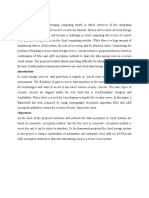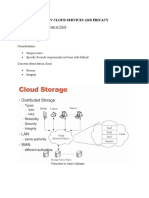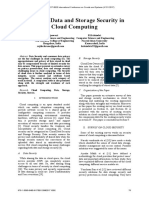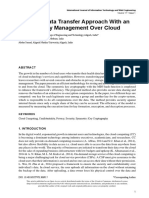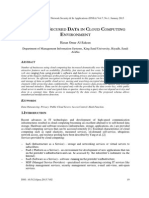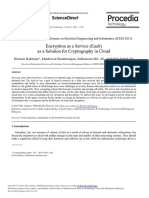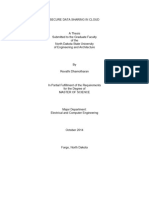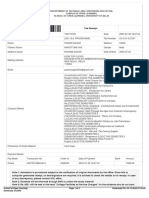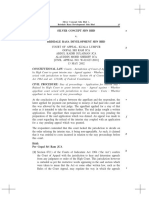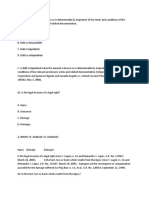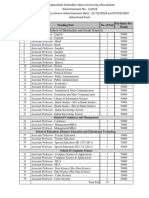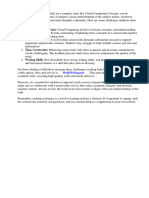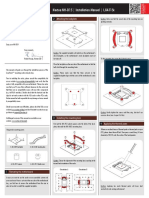0% found this document useful (0 votes)
29 views5 pagesA Framework Based On RSA and AES Encryption
The document presents a framework for enhancing data security in cloud computing services using a combination of RSA and AES encryption algorithms. It addresses the challenges of confidentiality, integrity, and availability in cloud storage, proposing a secure method for data sharing among users. The framework aims to mitigate risks associated with data breaches while improving transmission efficiency between users and cloud storage systems.
Uploaded by
Phan ThắmCopyright
© © All Rights Reserved
We take content rights seriously. If you suspect this is your content, claim it here.
Available Formats
Download as PDF, TXT or read online on Scribd
0% found this document useful (0 votes)
29 views5 pagesA Framework Based On RSA and AES Encryption
The document presents a framework for enhancing data security in cloud computing services using a combination of RSA and AES encryption algorithms. It addresses the challenges of confidentiality, integrity, and availability in cloud storage, proposing a secure method for data sharing among users. The framework aims to mitigate risks associated with data breaches while improving transmission efficiency between users and cloud storage systems.
Uploaded by
Phan ThắmCopyright
© © All Rights Reserved
We take content rights seriously. If you suspect this is your content, claim it here.
Available Formats
Download as PDF, TXT or read online on Scribd
/ 5









